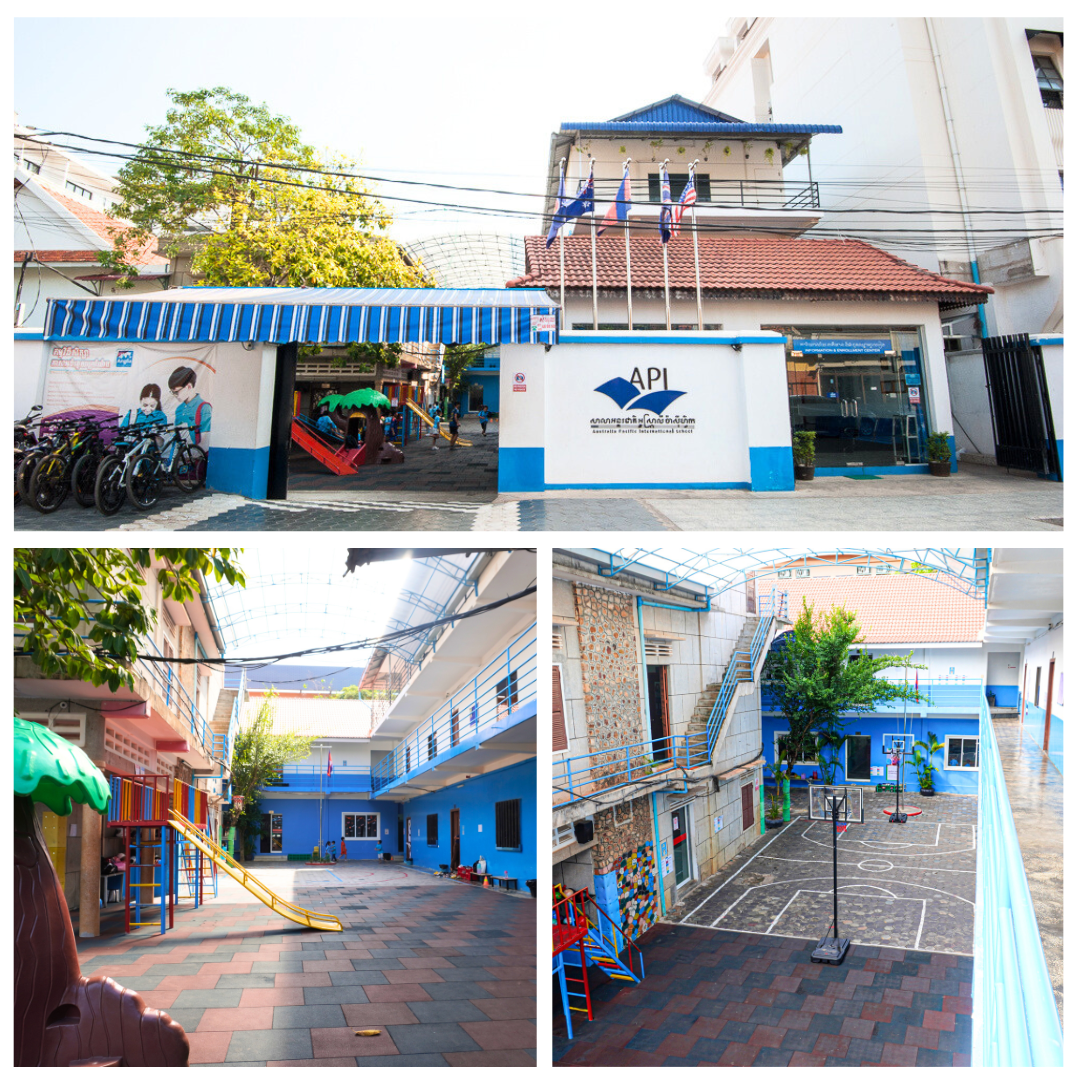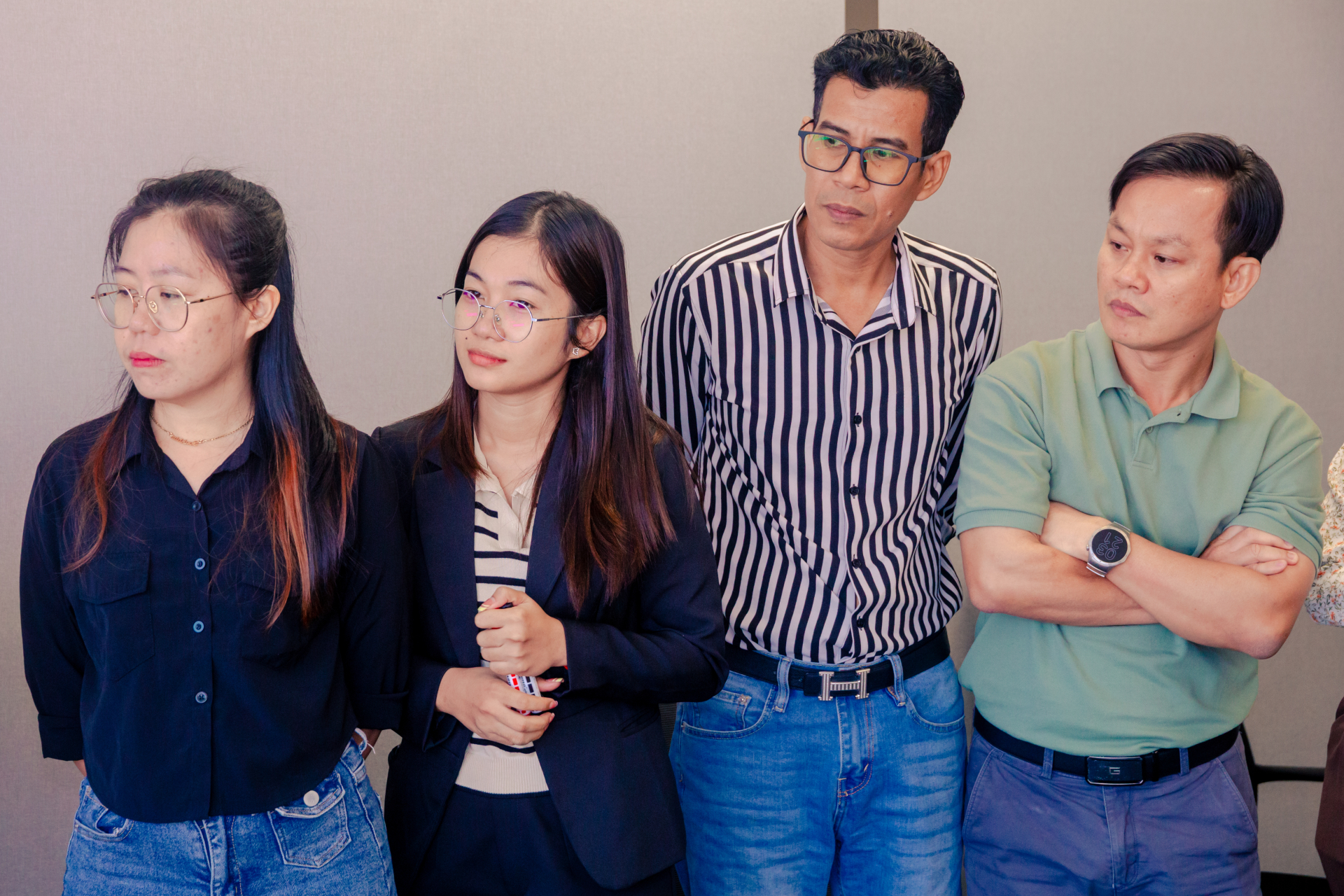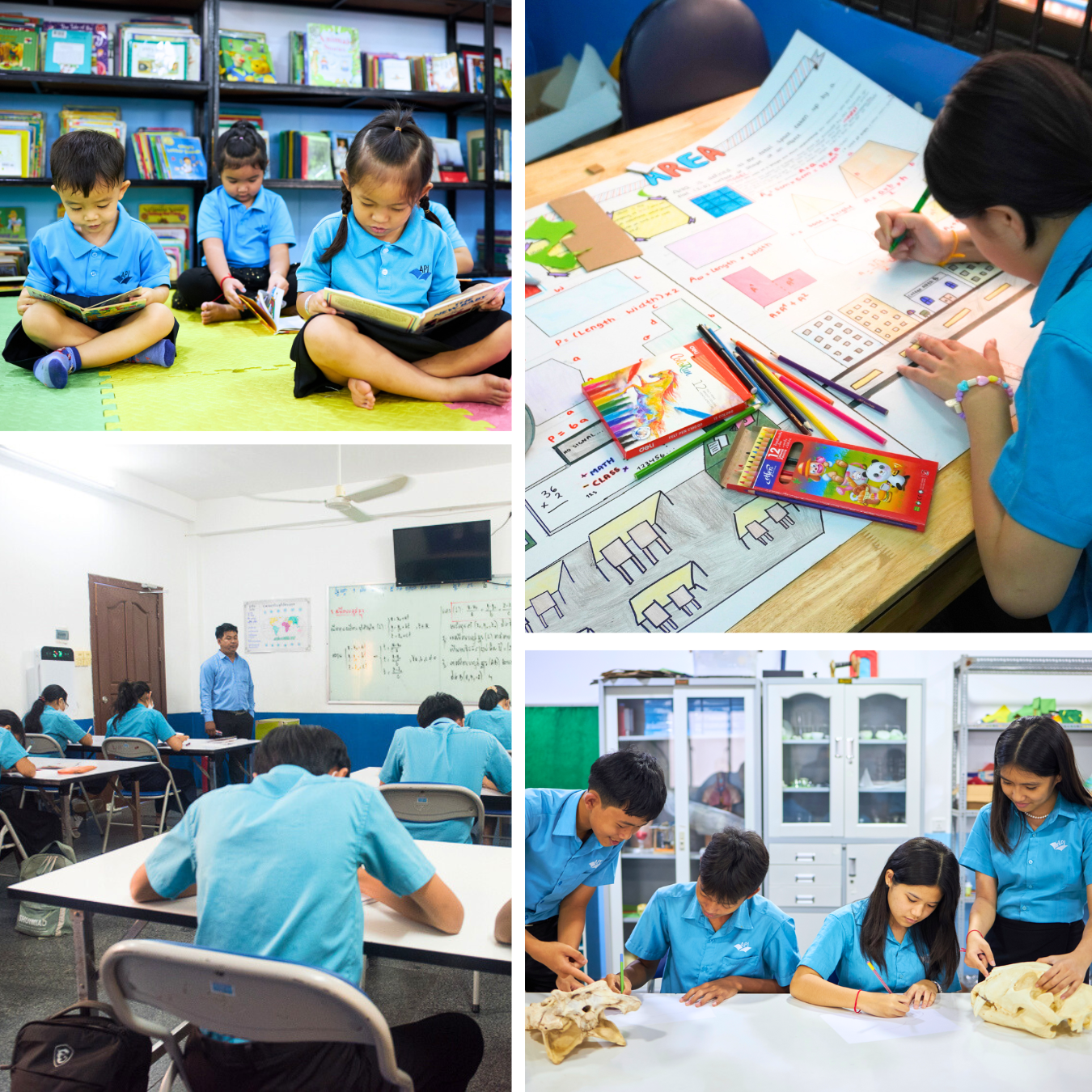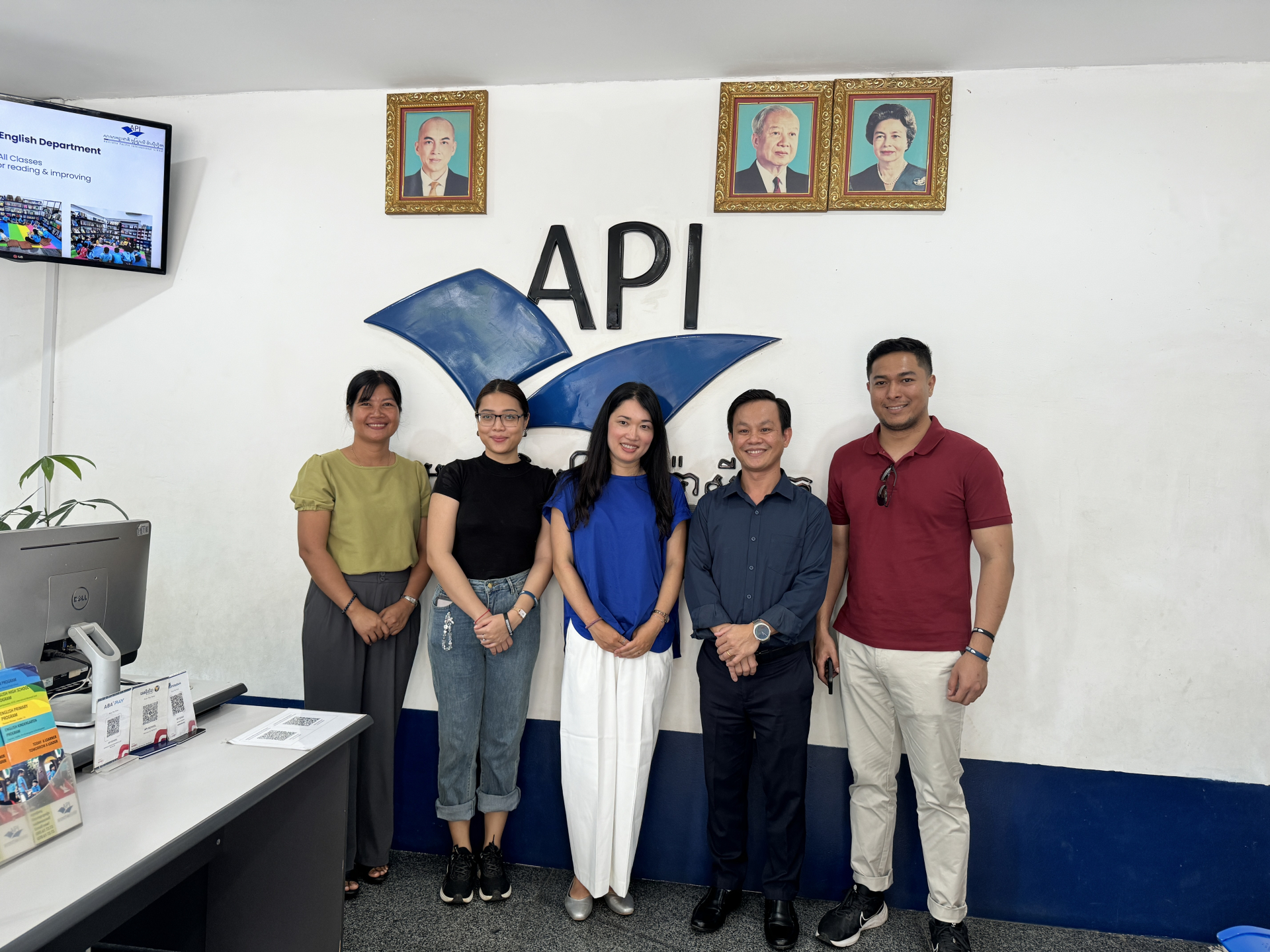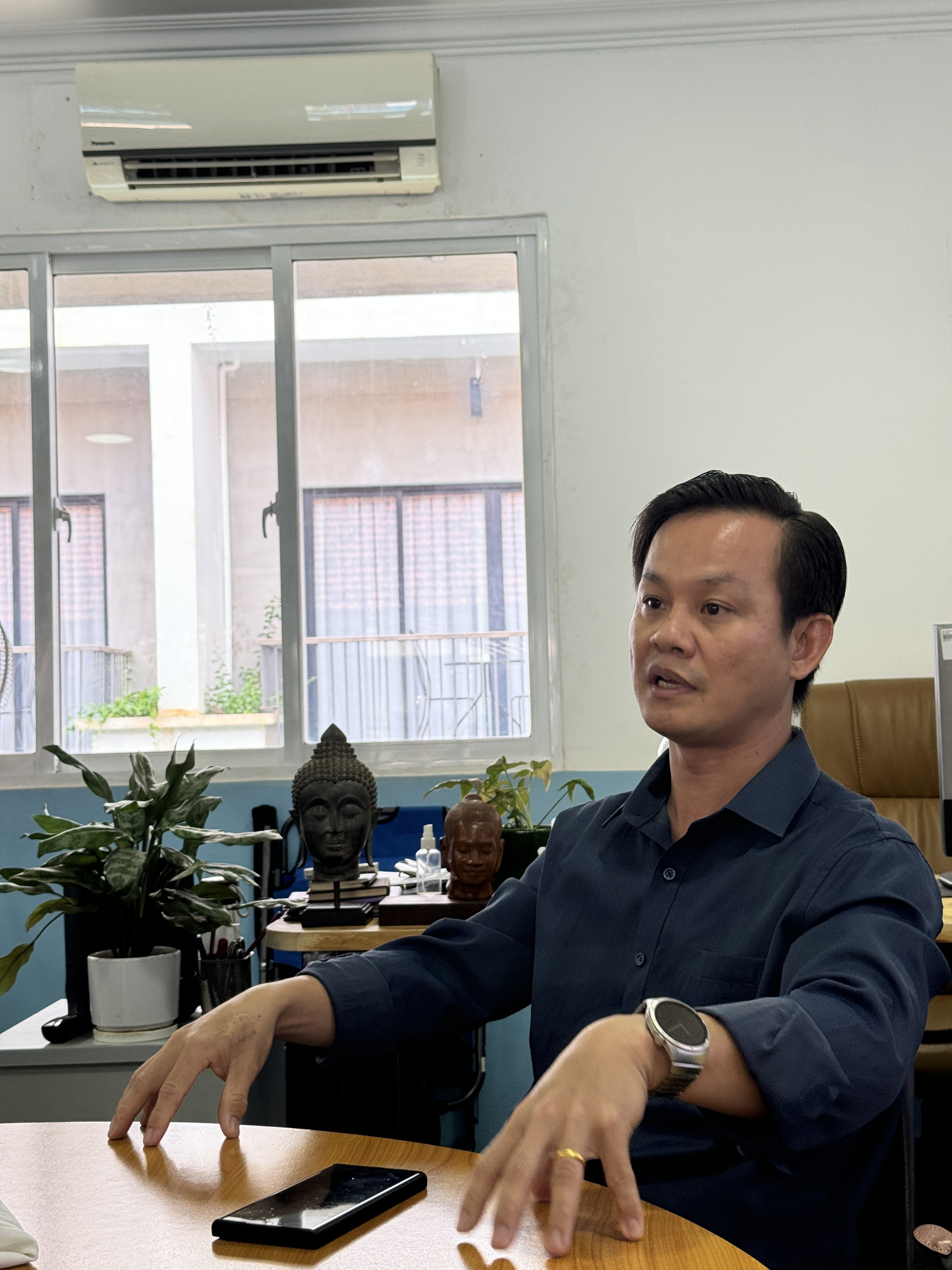While working there, I got to know an Australian couple who frequently stayed at the hotel. They introduced me to an NGO that was opening schools in the rural area where I grew up, and I began working for them as a local assistant. Initially, I thought I’d move on after a few years, but I stayed for a decade. It was demanding but very rewarding—I learned so much about running projects, operating schools, collaborating with international partners, and other tasks I’d never done before.
In 2013, I decided to open a school in central Siem Reap—this became API. My first big challenge was understanding the major differences in managing a nonprofit versus a for-profit entity. At the NGO, if we needed computers, we could request them from our headquarters in the U.S. or Australia. But once we became a for-profit, that wasn’t possible anymore. Back then, I didn’t even grasp the concept of cash flow, so shifting from a nonprofit mindset to a for-profit mindset was quite a struggle.
We experimented with various models before finally settling on our current approach, where we teach Khmer in the morning and English in the afternoon. About five years after launching, I took a moment to reflect on what I’d been doing. I asked myself, “What is Cambodia missing right now, and what can I do to help?” Research shows that 70% of Cambodian high school students are unsure about their future career paths, which was exactly how I felt at their age. So I thought, if I can reduce the number of students who feel lost, if they come to our school already thinking about their future career, preparing for it, then they won’t waste time like I did—and that could really help Cambodia progress.
That’s why we started offering one-on-one career counseling, connecting students with professionals from various fields, and giving them opportunities for hands-on work experience at the end of each term. Also, during the Cnai program, we adopted OKRs (Objectives and Key Results), one of which is to make our career-preparation curriculum even more systematic.
When we opened in 2013, we had 25 students and 8 staff. Within a year, our enrollment grew to 90, and now we have 800 students. Currently, around 10% of them have special needs, and we’ve been building an inclusive environment to ensure they can learn comfortably. Academically, they’re also performing exceptionally well. Among our Grade 12 students (ages 16–18) who took the national exam, 30% achieved an A, compared to 3% nationwide, and all of them passed.

